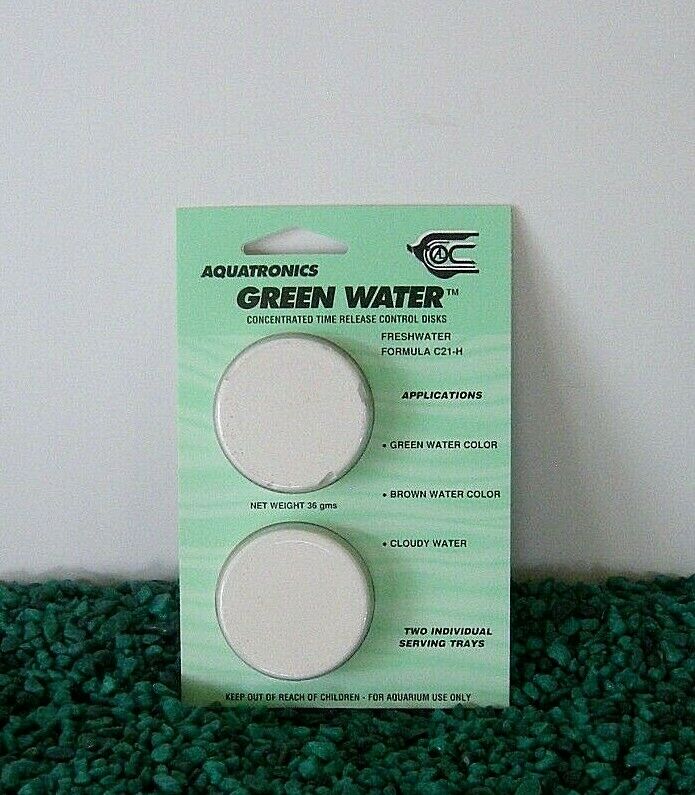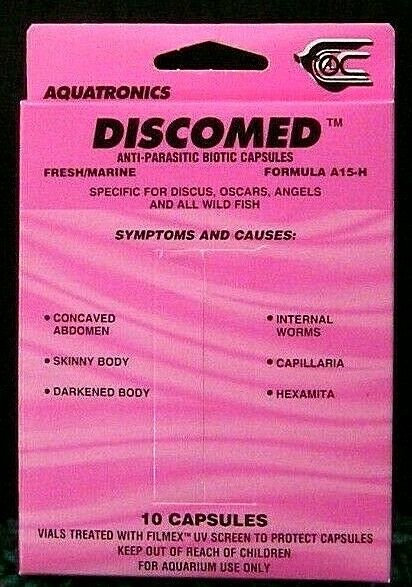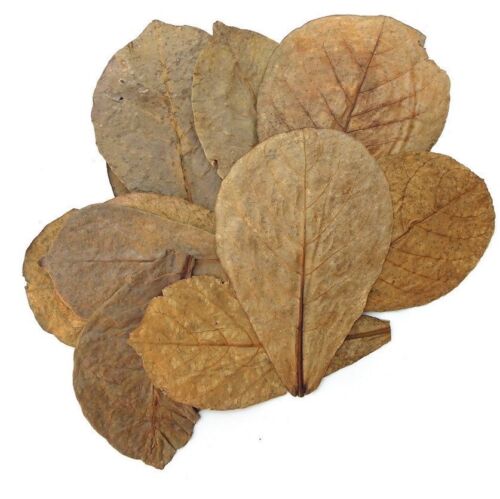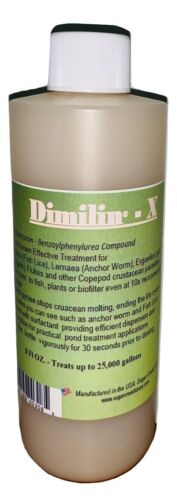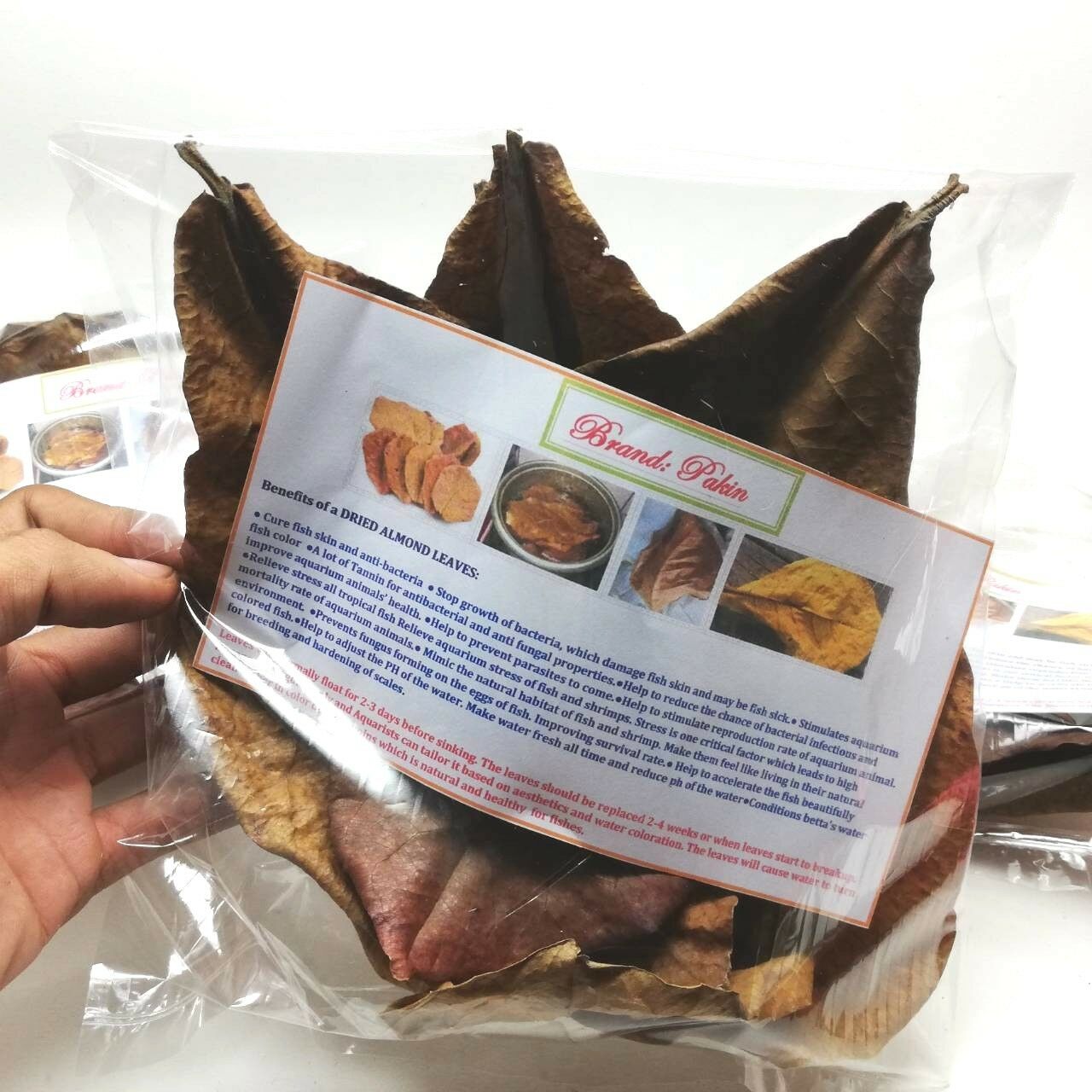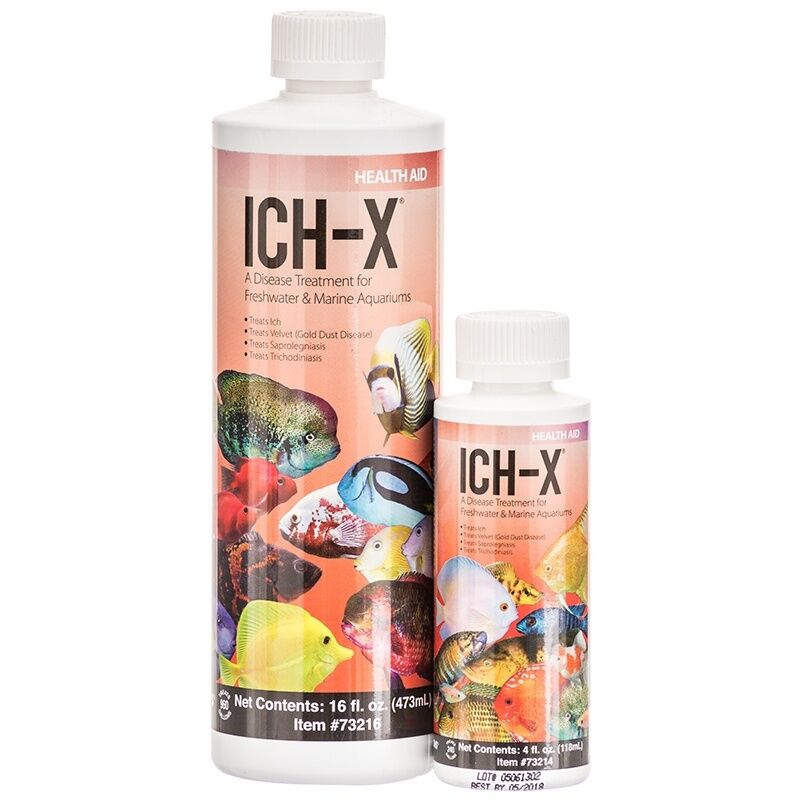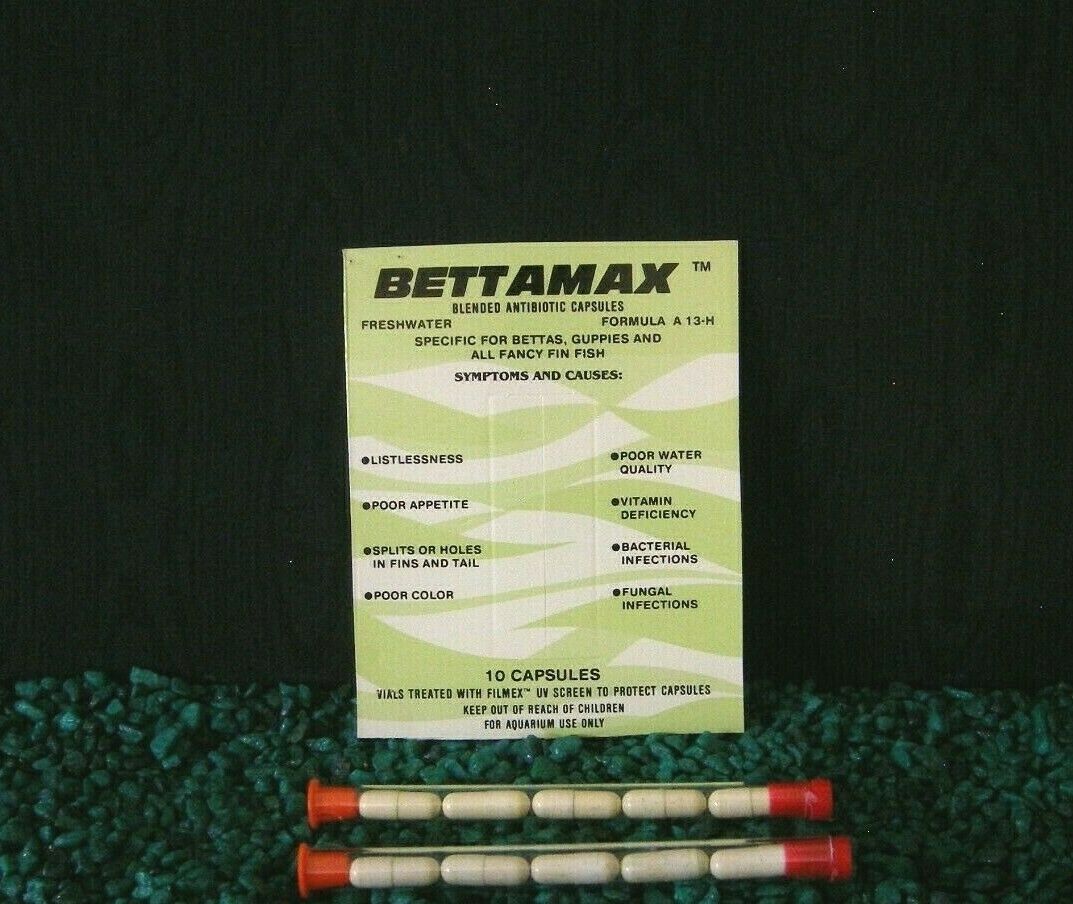-40%
10x Catappa Indian Almond Leaves for BettaFish Free Shipping
$ 1.34
- Description
- Size Guide
Description
HOME MADE CEYLON HERB PRODUCTSWe are expect to give you an unforgettable shopping experience with us
We sell 100% pure, safe, and effective products
Worldwide Free shipping
100% Pure natural
High Quality
100% Pure Organic Sun dried Indian Almond Leaves For Fish Aquarium
Terminalia Capatta / Ketapang
High quality
Homemade / Sun Dried / Hand Pack 100% Pure natural tamarind
Not Added Any Chemical
The leaves are selected by hand from live almond trees that
Are raised in rural farms away from pollution and toxic chemicals.
Product Description
·
Quantity: - 10 leaves
·
Special offer – Free 5 Jack leaves
·
Package: - Hand packed transparent polythene packet
Why are Indian almond leaves used in aquariums?
1. Improve the quality of your aquarium water
·
Indian almond leaf will gradually break down. And as it does, it releases tannic acid, tannins and other substances into your aquarium. As the tannic acid is released, it lowers the pH of your water. If you want a natural solution to reduce the pH levels in your aquarium, Indian almond leaf helps to achieve just that.
·
Indian almond leaves change the water so that it more closely resembles the habitat of your fish, particularly those from Southeast Asia and South America.
·
Fish that benefit from Indian almond leaves include: Angelfish, Barbs, Betta, Cory catfish, Discus, Gouramis, Killifish, Platies,Rasboras,Tetra
2. Natural medication for skin problems
·
Many aquarists swear by Indian almond leaf as a natural remedy for diseases or injury involving their fish’s skin or rather their scales.
·
It is believed the tannins released by Indian almond leaves kill bacteria, fungus and viruses, allowing an injured fish to heal much quicker.
·
It is even suggested that Indian almond leaf might be a better solution than antibiotics and other medications when fighting bacteria and fungus in commercial fish farms.
·
In Southeast Asia, many betta keepers add an Indian almond leaf to their betta’s water because they believe that it toughens their fish’s skin and makes them better for fighting. They also use it to help a fish heal after a fight.
3. A leafy location for your fish to spawn
·
Many fish release their eggs (spawn) on or underneath fallen leaves. This helps hide eggs from predators or from washing away.
·
Discus and tetras prefer to spawn on leaves at the bottom of a waterway. Betta and gouramis, on the other hand, build bubble nests on leaves that float on the surface.
·
Many fish will only spawn under certain water conditions. And the reduced pH and water hardness may be exactly what is needed to trigger your fish to spawn.
4. Food and protection for fry (baby fish)
·
Indian almond leaves are the gift that keeps giving, even once your fish have hatched.
·
Many fish keepers add Indian almond leaves to fry tanks – an aquarium that is set aside just for baby fish.
·
First, the leaves give fry a place to hide, allowing them to feel safe. Sure, there are no predators in your fry tank, but your tiny fish don’t know that.
·
As the Indian almond leaves begin to break down, microorganisms called infusoria appear and feed on the leaf.
·
Infusoria are so small that humans can barely see them with our naked eye. However, to your fry that are barely bigger than an eyelash, infusoria might as well be a steak dinner.
·
Newly hatched fry happily chow down on infusoria until they grow large enough that they need to switch to an alternate food source.
5. A feast for your shrimp tank
·
Shrimp loooove Indian almond leaves. They often swarm any new leaf that is placed in their tank.
·
What’s the attraction?
·
Well, shrimp love the taste. Your shrimp will happily munch on Indian almond leaves and the microorganisms that grow on them as they break down.
·
Shrimp also happily hide underneath the leaves once they are full. Dinner and a home? It doesn’t get much better than that!
·
Important:
Some species of shrimp prefer high pH and water hardness. Indian almond leaves are not suitable for these shrimp.
How do you use Indian almond leaves?
First thing is you should choose high quality and non-chemical added Indian almond leaves.
You can prepare Indian almond leaves in two different ways.
1. Dunking an Indian almond leaf in your tank
The most common way of using Indian almond leaves is to drop them directly into your tank. It’s generally recommended that you start with one medium-sized leaf for every 10 gallons of water inside your aquarium.
Step 01:
Remove any activated carbon or Purigen from your filter. These two filter media will remove the tannins that Indian almond leaves give off, removing its.
Step 02:
Rinse the Indian almond leaf in fresh water to remove any leftover dirt or dust that may have been missed.
Step 03:
Now all that’s left to do is drop the leaves in your aquarium.
Note;
When you first add an Indian almond leaf to your tank, it will float on the surface. After a few days, it will waterlog and sink. Want the Indian almond leaf to sink sooner? Weigh it down with a rock or some gravel.
Step 04:
As for replacing, you can do so whenever you choose. It’s fine to let the leaves break down completely and remove the leftover veins – this can take up to two months.
Note;
If it’s your first time using Indian almond leaves, make sure to monitor your aquarium water with an aquarium test kit to see how they react with your tank.
2. Make an Indian almond leaf extract
Maybe you don’t want to add Indian almond leaves to your tank because it clashes with your decor. Or maybe you just think they look ugly. You can receive the benefits of Indian almond leaves without actually adding them to your aquarium. Make an Indian almond extract.
Step 01:
Simply boil about 2 quarts (2 liters) of water, place a medium-to-large Indian almond leaf in a clean jar and pour the hot water over it.
Step 02:
Let it stand overnight before removing the leaf. The liquid in the jar should be a dark brown color. You may notice small pieces of broken life floating in the jar – you can remove these with a sieve.
Step 03:
Cover the jar and store the extract in your fridge – it should last for several months.
Step 04:
Add this to your tank as needed. I suggest adding it every time you do a water change since freshwater dilutes the tannins in your tank.
Recommended dosing: 1 ounce (30 ml) of extract per 1 gallon (4 liters) of aquarium water
Note;
The advantage of using an extract is that no leaves will continue to break down, which prevents additional yellowing of your water. The extract allows you to precisely control the amount of tannins in your tank.
While making an extract is cheaper in the long run, it relies on being able to source high-quality Indian almond leaves.
Why Indian almond do leaves change the color of your water?
·
As Indian almond leaves break down, they release tannins. These tannins can stain your water, turning it a yellow or brown tinge.
·
Well, it might surprise you to learn that this yellow water is actually a good thing for many types of fish.
·
You see, lots of fish come from waters that are a murky brown color.
·
Most rivers and streams are a dark color because thousands or even millions of leaves have washed into the water and broken down.
·
While you might not be crazy about the color, this darker water may reduce stress in shy fish like discus.
·
And since stress is the number one cause of death in fish, a little bit of yellow water is a small price to pay for the happiness of your fish.
·
Activated carbon.
·
Activated carbon will do all the hard work for you. Depending on how much you use, activated carbon will either reduce the yellowness or clear it up altogether.
Be mindful that activated carbon will continue to absorb tannins until it is ‘full.’ When this happens, it needs to be replaced.
Which fish don’t like Indian almond leaves?
·
If your fish love high pH or hard water, Indian almond leaves are not suitable for your tank.
This includes most species of African cichlids – fish that are naturally found in more alkaline waters with a high hardness.
Why choose Indian almond leaves over another kind of leaf?
·
Indian almond leaves are unique in that they break down slower than other leaves. The leaves have big, tough veins that take a long time to deteriorate, long after the rest of the leaf has broken down.
·
The advantage to this is that you can pull the leaf out of your aquarium without it disintegrating into small pieces.
·
Also, while other leaves might give off tannins, Indian almond leaves also have medicinal properties – something that other leaves don’t offer.
Important:
Never place unknown leaves you find in your yard inside your aquarium. Not all tree leaves are aquarium-safe and may harm your fish.
What if I use too many Indian almond leaves?
·
If you add Indian almnd leaves too many to your tank its pH is swinging like crazy.
·
Don’t panic!
·
Simply perform a 25% water change and add activated carbon to your water. This will filter out the remaining tannins, returning your water to normal.
Note: Information extraction by article written by Ian Sterling
Shipping
ü
World while free shipping
ü
Use Sri Lankan airmail service
ü
Item will be shipped within 1 or 2 days after payment is cleared
Payment method
ü
PayPal only
Terms of Sale
ü
We offer 30 days money back guarantee return policy.
ü
For all returned products, buyers MUST contact us for the returning address.
ü
Buyers pay shipping fees at their own cost to return products for exchange or refund.
Contact us….
Feel free to contact us….
ü
You can contact me
thought eBay
ü
I will respond you within
12hours
ü
We try our best to provide to high quality product and best service to our customer. However unexpected situation are coming up. Therefore if there is any problem with the product or delivery please contact us and give me a chance to resolve your problem. I will make sure to resolve your problem.
We highly appreciate if you can contact use before leaving a negative or neutral feedback.
If you satisfy with our service please take a moment and leave us a positive feedback.
Thank you so much for shopping with us
Come again……


